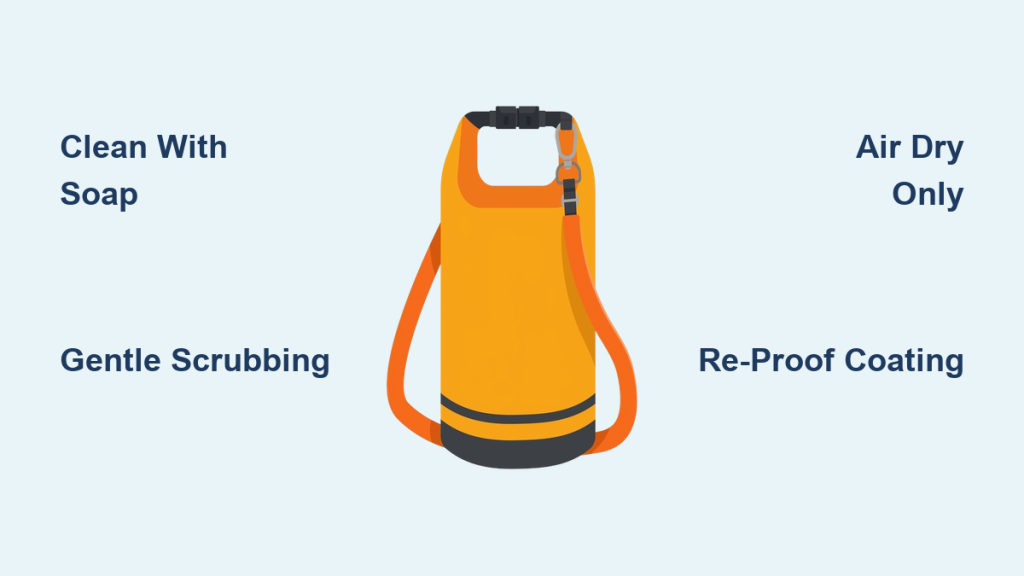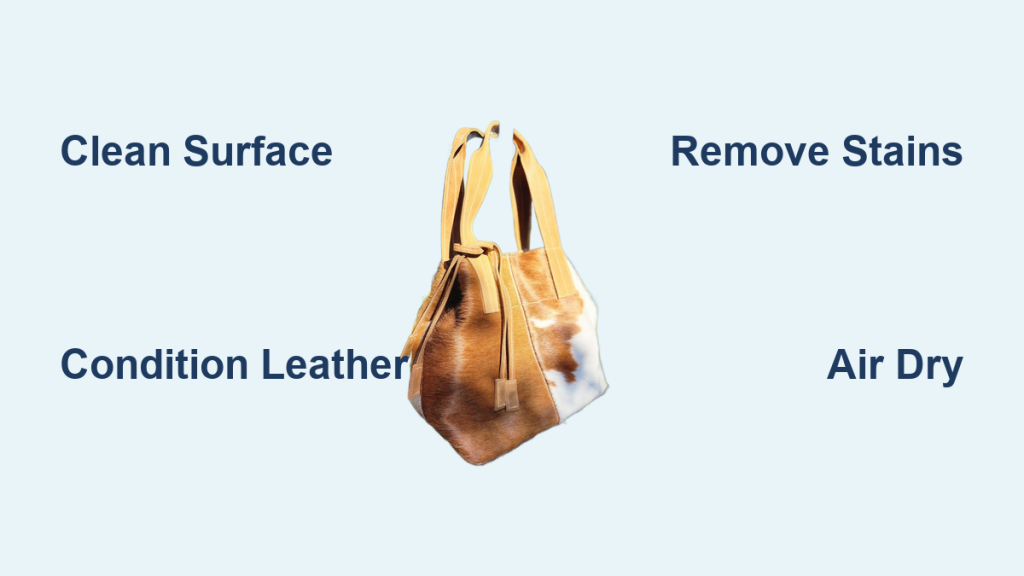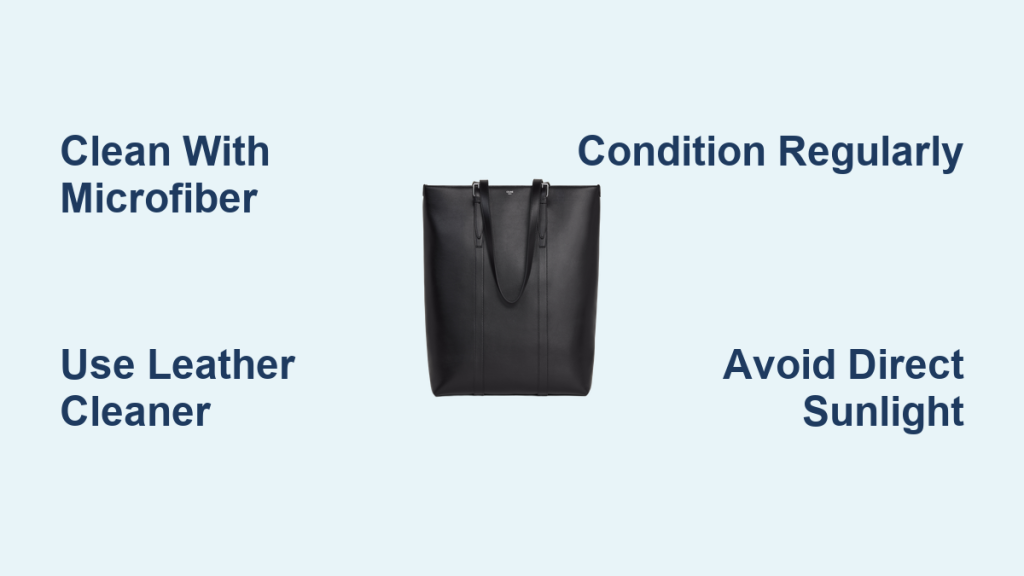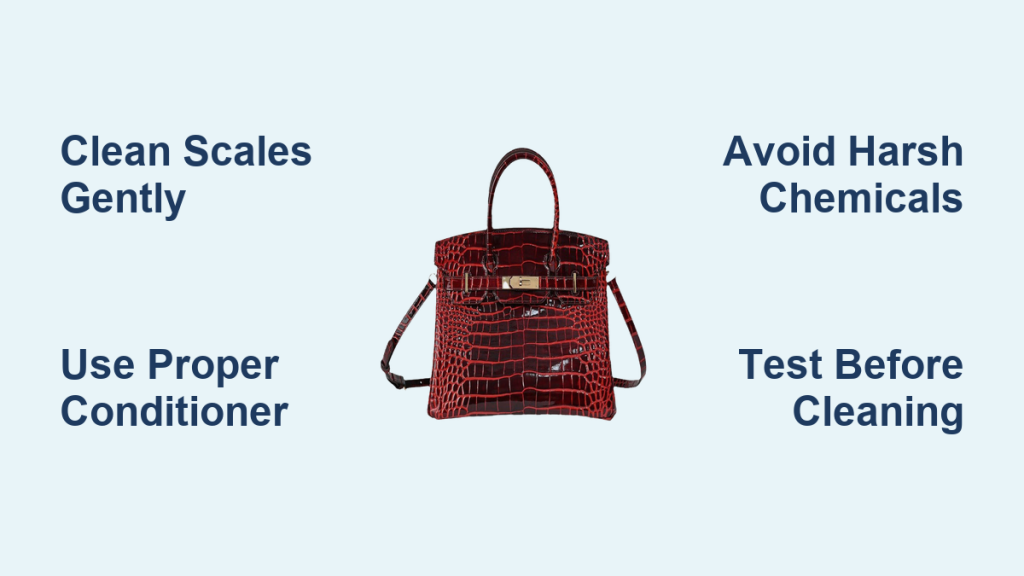Finding your waterproof bag grimy after adventures is frustrating. You rely on it to keep your belongings dry, but a dirty bag loses its effectiveness and looks worn. Fortunately, cleaning a waterproof bag doesn’t have to be a chore. A simple soap and water solution can often restore it to its former glory, and this guide will walk you through the process.
This comprehensive guide will cover everything from quick spot cleaning to deep cleaning methods for stubborn dirt and grime. We’ll explore the best cleaning agents, proper drying techniques, and preventative measures to keep your waterproof bag in top condition, ensuring it continues to protect your gear for years to come. You’ll learn how to maintain its waterproof integrity and extend its lifespan, saving you money and hassle in the long run.
Understanding Waterproof Bag Materials
Before diving into cleaning, understanding your bag’s material is crucial. Common waterproof bag materials include:
- TPU (Thermoplastic Polyurethane): Durable, abrasion-resistant, and often used for roll-top dry bags.
- PVC (Polyvinyl Chloride): Less expensive than TPU, but also less durable and environmentally friendly.
- Nylon with Waterproof Coating: Often features a DWR (Durable Water Repellent) finish.
- Polyester with Waterproof Coating: Similar to nylon, offering good water resistance.
Always check your bag’s label for specific cleaning instructions, as some materials require more delicate handling.
Quick Spot Cleaning for Minor Dirt
For small dirt marks or spills, a quick spot clean is often sufficient.
What You’ll Need:
- Soft cloth or sponge
- Mild soap (dish soap or specialized outdoor gear cleaner)
- Water
Steps:
- Dilute Soap: Mix a small amount of mild soap with lukewarm water.
- Apply to Cloth: Dampen the cloth with the soapy water, ensuring it’s not soaking wet.
- Gently Wipe: Gently wipe the affected area in a circular motion. Avoid harsh scrubbing.
- Rinse: Use a clean, damp cloth to rinse away any soap residue.
- Dry: Pat the area dry with a clean towel.
Deep Cleaning Your Waterproof Bag
For more thorough cleaning, especially if the bag is heavily soiled, follow these steps.
What You’ll Need:
- Large basin or bathtub
- Mild soap (dish soap, Nikwax Tech Wash, or Gear Aid Revivex)
- Soft brush or sponge
- Clean water
- Clean towels
Step 1: Preparation
Empty the bag completely and turn it inside out. This allows you to clean both the interior and exterior effectively. Inspect the bag for any tears or damage before proceeding.
Step 2: Washing the Bag
- Fill Basin: Fill the basin with lukewarm water and add a small amount of mild soap.
- Submerge Bag: Submerge the bag in the soapy water, ensuring it’s fully saturated.
- Gentle Scrubbing: Use a soft brush or sponge to gently scrub the interior and exterior of the bag, paying attention to areas with visible dirt. Avoid abrasive cleaners or brushes, as these can damage the waterproof coating.
- Rinse Thoroughly: Drain the soapy water and rinse the bag thoroughly with clean water until all soap residue is removed. Multiple rinses are recommended.
Step 3: Drying the Bag
- Air Dry: Air drying is the best method for waterproof bags. Avoid direct sunlight or heat, as these can damage the material and compromise the waterproof coating.
- Hang or Lay Flat: Hang the bag in a well-ventilated area or lay it flat on a clean surface.
- Ensure Complete Drying: Ensure the bag is completely dry before storing it. This prevents mildew and odors.
Cleaning Specific Bag Types
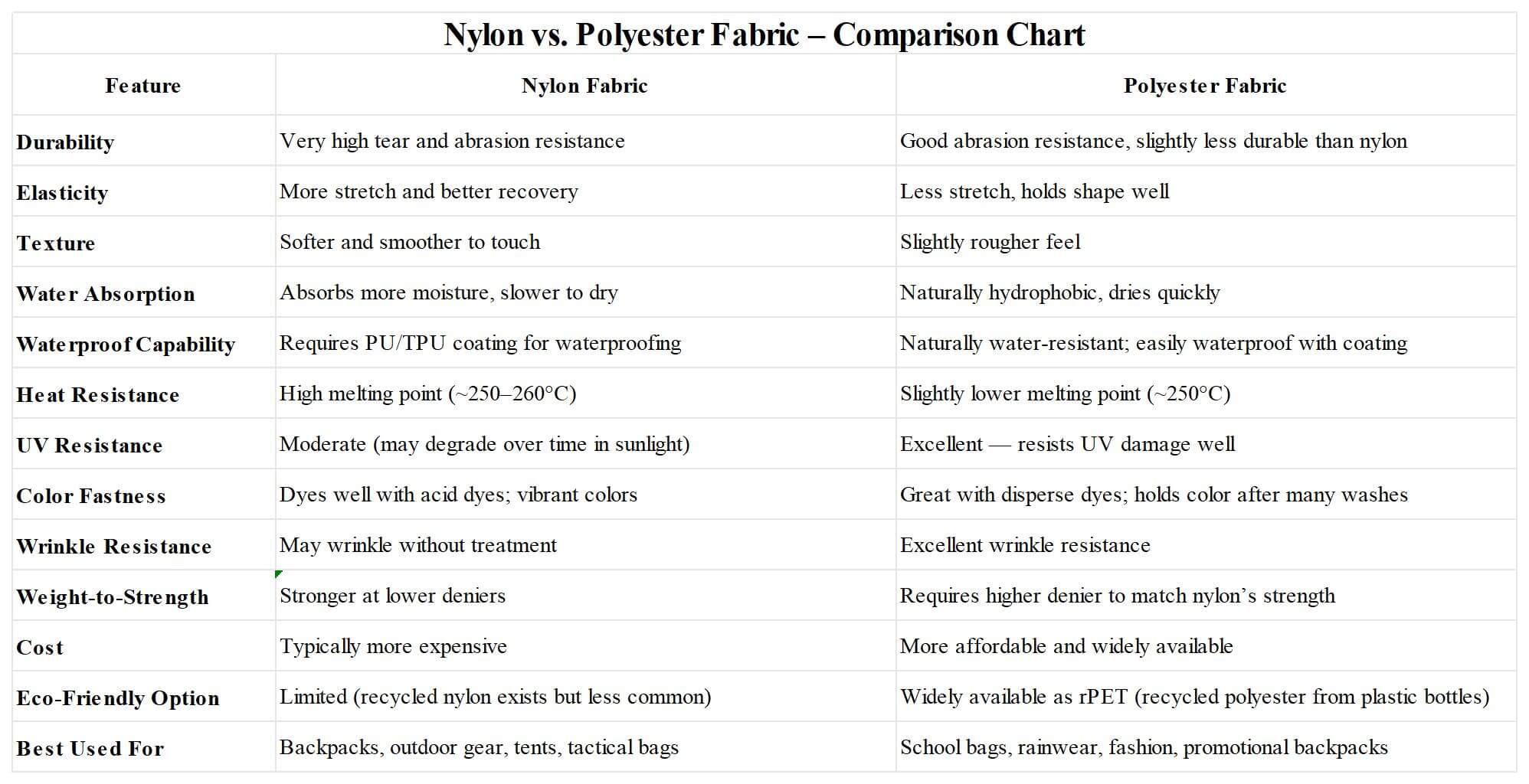
Different types of waterproof bags may require slightly different cleaning approaches.
TPU Bags
TPU is generally very durable. You can use a slightly stronger brush for scrubbing, but still avoid abrasive cleaners.
PVC Bags
PVC is more susceptible to damage. Use only mild soap and a very soft brush. Avoid prolonged exposure to sunlight.
Nylon/Polyester Coated Bags
These bags benefit from using a specialized outdoor gear cleaner like Nikwax Tech Wash or Gear Aid Revivex, as these help restore the DWR coating.
Restoring Waterproofing – Re-proofing
Over time, the waterproof coating on your bag can wear off. Re-proofing restores its water resistance.
What You’ll Need:
- Waterproofing spray or wash-in treatment (Nikwax or Gear Aid are popular choices)
- Clean, dry bag
Steps:
- Clean the Bag: Ensure the bag is thoroughly cleaned and dried.
- Apply Treatment: Follow the instructions on the waterproofing product. Spray-on treatments are applied evenly over the entire surface. Wash-in treatments are added to a basin of water, the bag is submerged, and then rinsed.
- Dry Completely: Allow the bag to dry completely after applying the treatment.
Pro Tips for Waterproof Bag Care
- Avoid Washing Machines & Dryers: These can damage the bag’s material and waterproof coating.
- Don’t Use Harsh Chemicals: Bleach, solvents, and abrasive cleaners are detrimental to waterproof materials.
- Store Properly: Store your bag in a cool, dry place away from direct sunlight.
- Regularly Inspect: Check for tears or damage and repair them promptly.
- Rinse After Use: Rinse your bag with fresh water after each use, especially after exposure to saltwater or harsh chemicals.
When to Seek Professional Cleaning
If your bag is severely soiled, has stubborn stains, or is made of a delicate material, consider professional cleaning. A specialized outdoor gear cleaning service can provide a thorough and safe cleaning process.
FAQ
Q: Can I use bleach to clean my waterproof bag?
A: No, bleach can damage the waterproof coating and the material itself. Stick to mild soap and water.
Q: How often should I re-proof my waterproof bag?
A: The frequency depends on usage. If you notice water is no longer beading up on the surface, it’s time to re-proof. Typically every 6-12 months for regular use.
Q: What’s the best way to dry a waterproof bag quickly?
A: Avoid quick drying methods like heat or direct sunlight. Air drying is the safest and most effective.
Q: Can I iron my waterproof bag?
A: No, ironing can melt or damage the waterproof coating.
Get Your Waterproof Bag Working Again
By following these steps, you can effectively clean and maintain your waterproof bag, ensuring it continues to protect your belongings from the elements. Remember to choose the appropriate cleaning method based on your bag’s material, and always prioritize gentle cleaning techniques. Regular maintenance and re-proofing will extend the life of your bag and keep it functioning optimally.
Have you successfully cleaned your waterproof bag? Share your experience and any tips you have in the comments below to help other adventurers!

